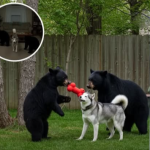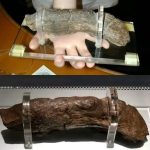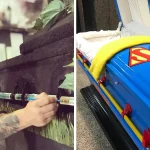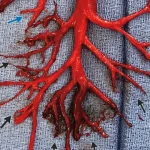When SpongeBob and Patrick Showed Up in the Deep Sea
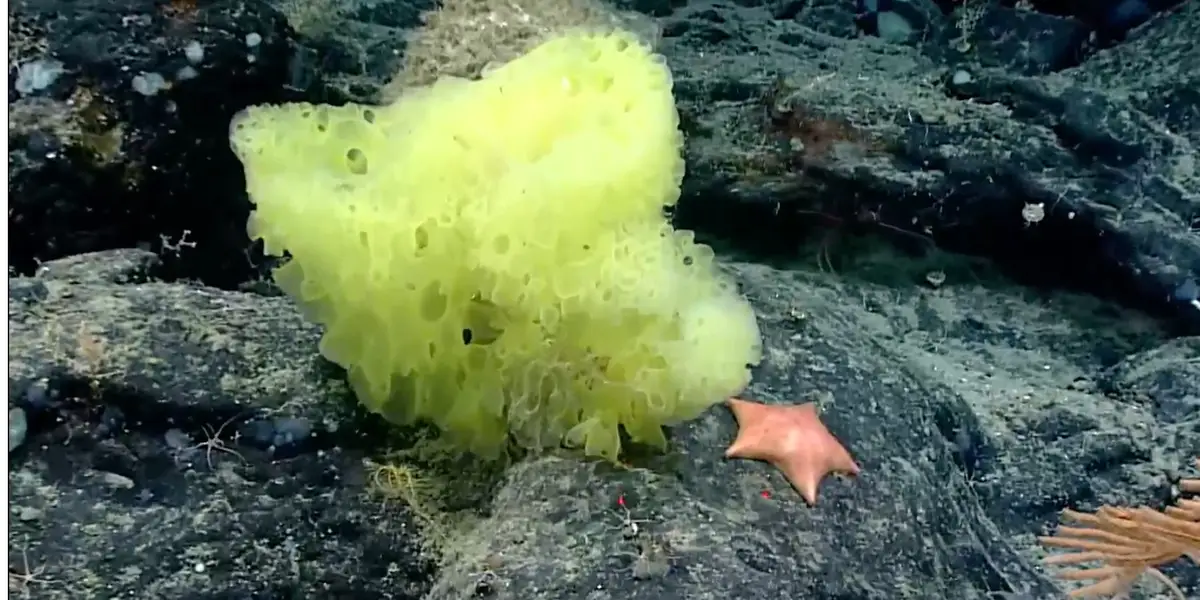
It’s not every day that marine biology collides with pop culture. But in 2021, scientists aboard the NOAA ship Okeanos Explorer stumbled upon an image that made the internet smile. While mapping the deep waters off the coast of New York, their cameras spotted something uncanny: a bright yellow sea sponge perched right next to a pink sea star on the ocean floor.
To anyone watching, the resemblance was undeniable—SpongeBob SquarePants and Patrick Star, sitting side by side in real life.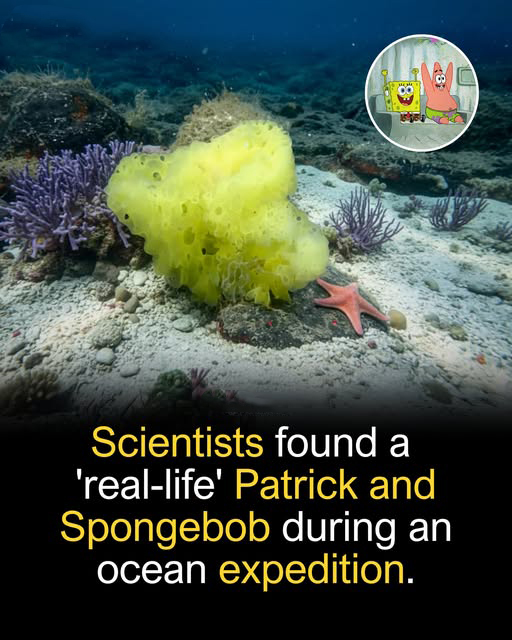
Meet the Real-Life “SpongeBob” and “Patrick”
The sponge was identified as belonging to the genus Hertwigia, a deep-sea variety with a striking golden-yellow hue. Its companion, a Chondraster sea star, is known for its bubblegum-pink coloration and stubby arms. While their cartoon counterparts are inseparable best friends, their real-life relationship is a little less heartwarming. In nature, sea stars like Patrick are opportunistic feeders—and sponges like SpongeBob are often on the menu.
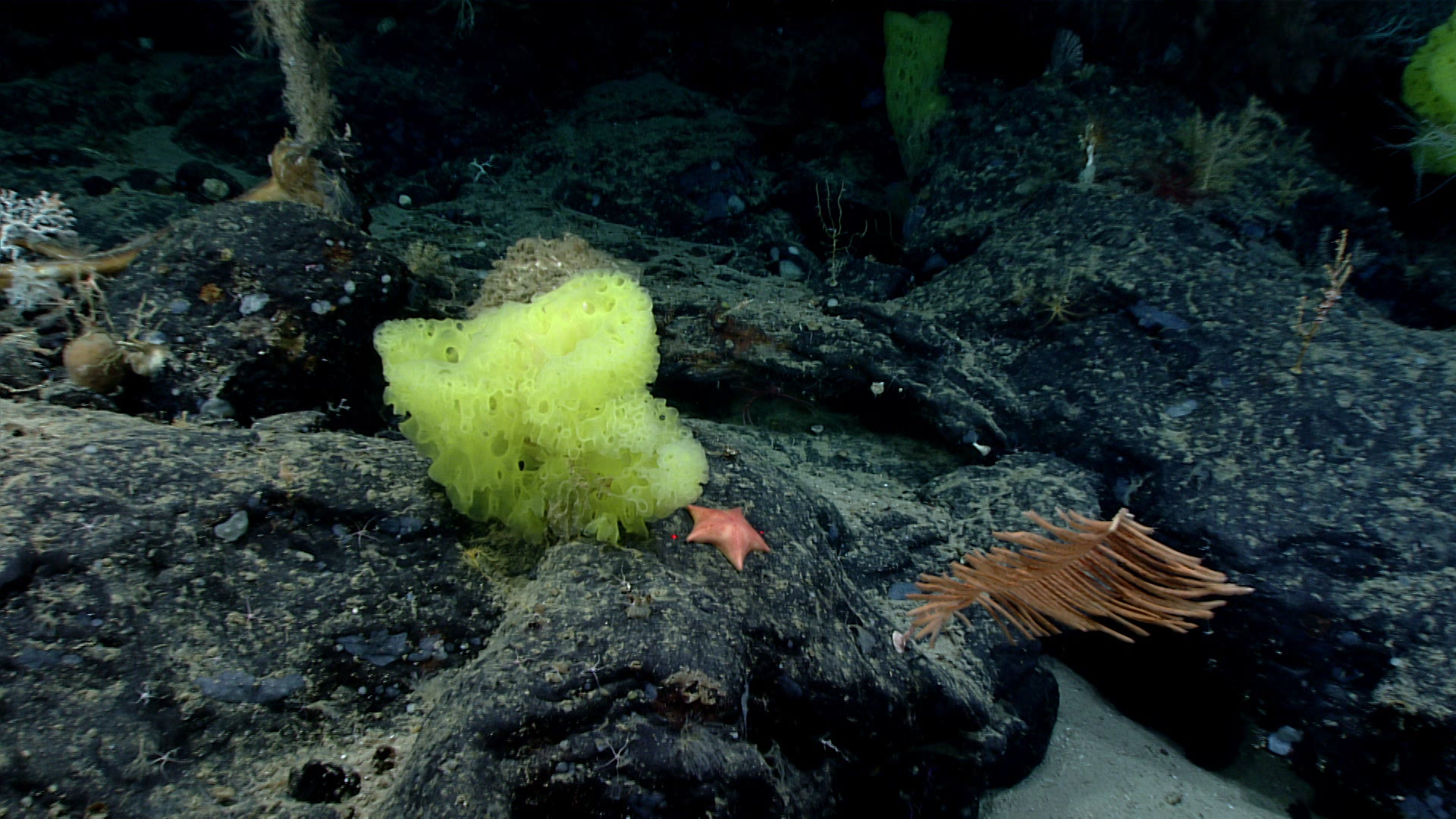
So, if we’re being scientific, this friendship would be more of a predator-prey encounter than a playful hangout under the sea.
Why the Discovery Went Viral
As soon as NOAA shared the image, it spread rapidly online. Fans of SpongeBob SquarePants were delighted by the serendipity of the sighting. Memes, jokes, and headlines flooded social media, proving once again how deeply cartoons and cultural touchstones shape the way we see the natural world. 
A Deeper Connection
Beyond the laughs, this moment highlights the power of deep-sea exploration. Every dive reveals something unexpected, from never-before-seen species to surprising interactions like this. The oceans remain Earth’s least explored frontier, and lighthearted discoveries like “SpongeBob and Patrick” remind us why curiosity-driven science is so important.
After all, the deep sea doesn’t just hold scientific mysteries—it also has the power to spark joy, wonder, and even a little nostalgia.
